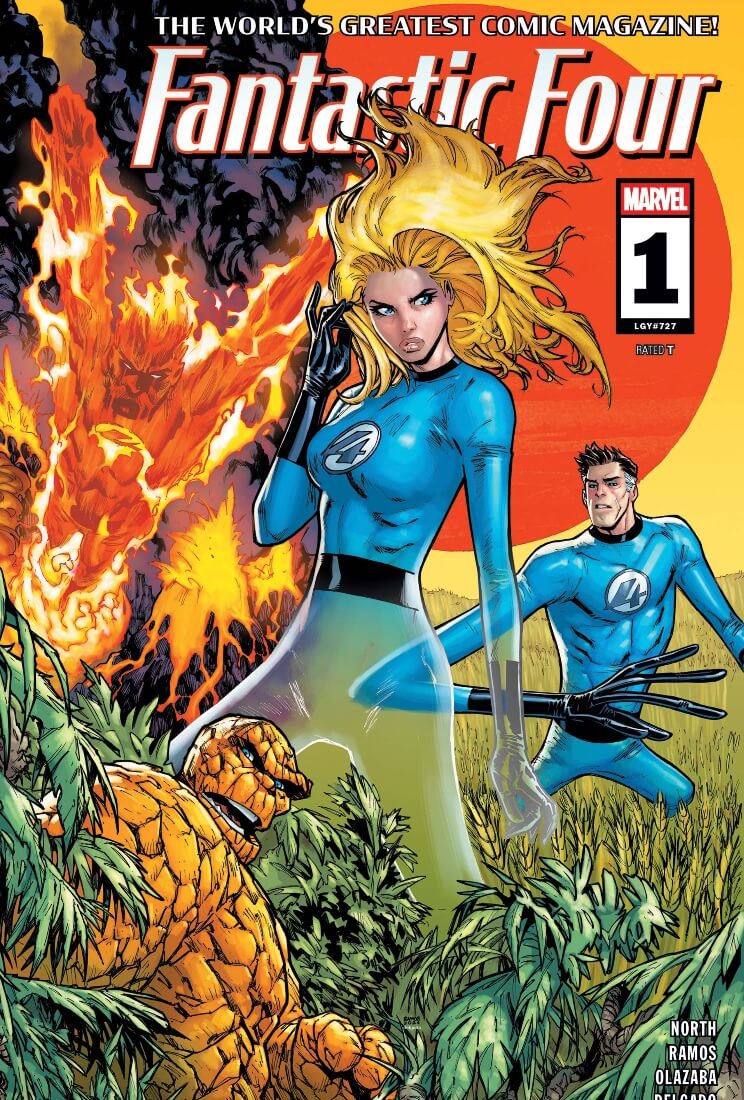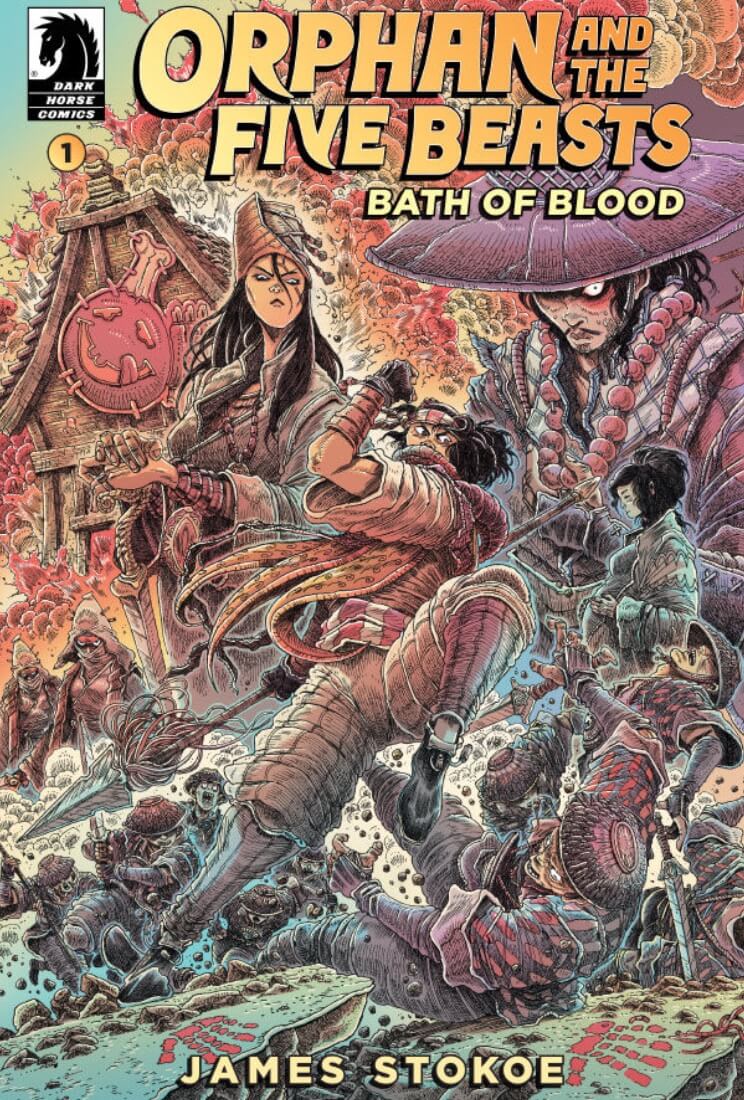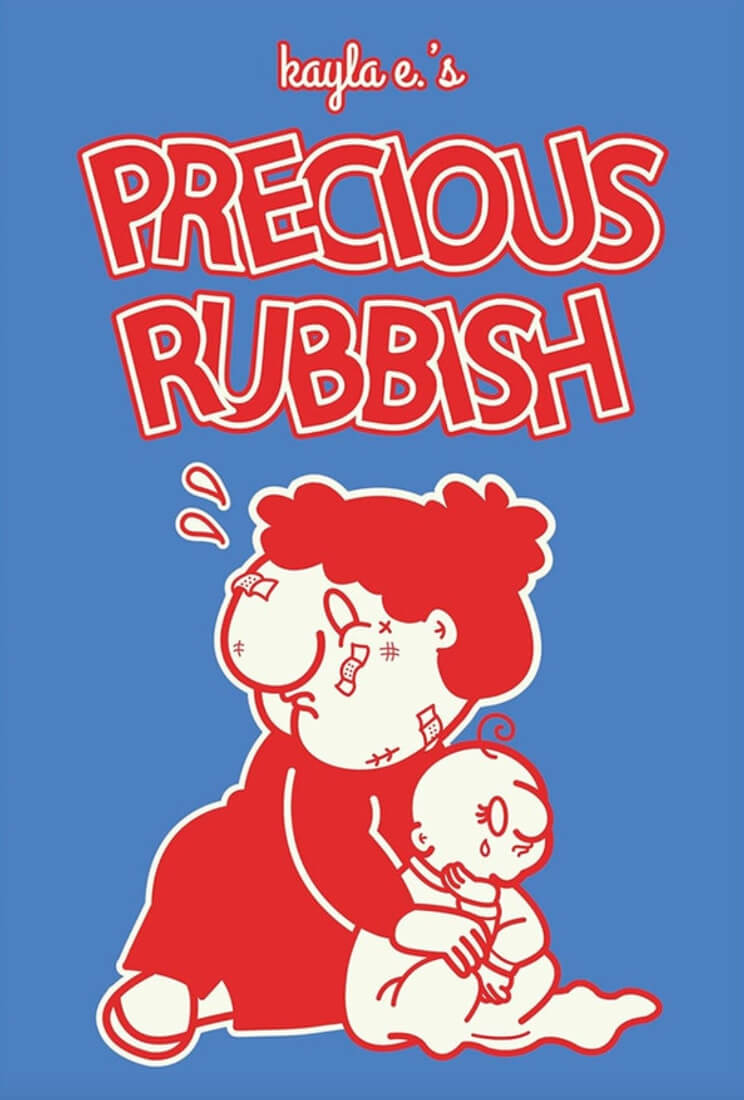Read more of this story at Slashdot.

Bari Weiss‘ first town hall since taking the reins at CBS was not a smashing success. There’s a decent chance that the only piece you caught of the Erika Kirk feature, which aired on Saturday, is the clip Charlie Kirk’s widow unblinkingly says she serves a just God. The town hall only attracted about 1.87 million viewers, per Variety, which is purportedly pretty solid for the time slot but low for CBS overall. Advertisers were also less-than-keen to support the town hall, with the trade noting that the segment was full of ads for SuperBeets, CarFax, Chia Pets, and other direct-response products. Even so, CBS has more of where that came from on the calendar.
Jeremy Carrasco makes videos under the handle @showtoolsai on TikTok, advocating for AI video literacy and pointing out tells you can look for to see if the videos on your feed are AI generated.

Doublespeed, a startup backed by Andreessen Horowitz (a16z) that uses a phone farm to manage at least hundreds of AI-generated social media accounts and promote products has been hacked. The hack reveals what products the AI-generated accounts are promoting, often without the required disclosure that these are advertisements, and allowed the hacker to take control of more than 1,000 smartphones that power the company.
The hacker, who asked for anonymity because he feared retaliation from the company, said he reported the vulnerability to Doublespeed on October 31. At the time of writing, the hacker said he still has access to the company’s backend, including the phone farm itself. Doublespeed did not respond to a request for comment.
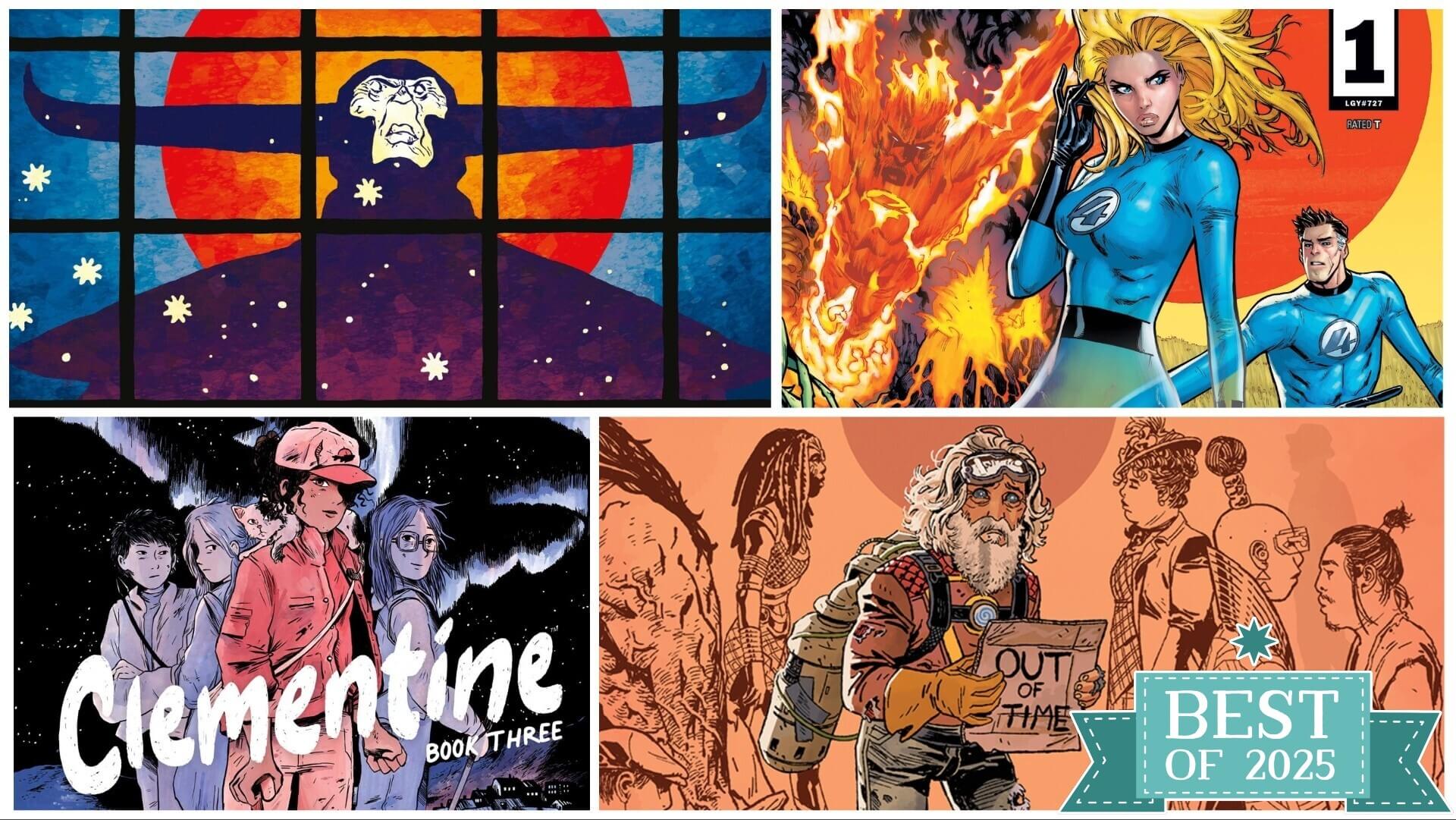
2025 was a roller coaster year for comic books, beginning with Diamond Comic Distributors—the primary distributor for the North American direct market—filing for Chapter 11 bankruptcy in January. This sent shockwaves across the industry as publishers dealt with the loss of consignment inventory that Diamond planned to liquidate to pay back its creditors, but this disruption didn’t stop the release of noteworthy new works. The popularity of the Absolute and Ultimate lines at DC and Marvel, respectively, resulted in one of the most fruitful years for superhero comics in recent memory, capping off with the two publishers joining forces for their first crossover in over 20 years. In other corners of the industry, creators brought their distinct voices to new creation myths, historical deep dives, and insightful personal dramas. Here are the top comics of 2025 you don’t want to miss.
Absolute Batman by Scott Snyder, Nick Dragotta, Frank Martin, Clayton Cowles, and various (DC Comics)

Absolute Batman (Image: DC Comics)
DC’s Absolute line was the biggest success story in superhero comics this year, and at the heart of it all was Scott Snyder and Nick Dragotta’s hulking Dark Knight. An over-the-top action extravaganza that doesn’t take itself too seriously while also indulging in extremely dark subject matter, Absolute Batman is the title that best embodies the line’s central concept of a universe crafted in the image of Darkseid, DC’s biggest bad. Snyder makes major changes to the Batman, his allies, and his enemies that add compelling layers to these relationships, but the book’s greatest strength is the way it encourages artists to go buck wild. Dragotta sets a high bar with striking character designs, dense yet dynamic page layouts, and action sequences that only get bigger and crazier with each issue. Guest artists Gabriel Hernandez Walta, Marcos Martín, Clay Mann, and Jock—along with Daniel Warren Johnson, James Harren, and Meredith McLaren writing and drawing stories for Absolute Batman Annual—showcase DC’s investment in putting top talent on this series, and you can feel the creators’ excitement to work on this interpretation of Batman where anything goes.
Assorted Crisis Events by Deniz Camp, Eric Zawadski, Jordie Bellaire, and Hassan Otsmane-Elhaou (Image Comics)

Assorted Crisis Events (Image: Image Comics)
Writer Deniz Camp rose to superstar status in 2025, pushing the boundaries of the superhero genre in DC’s Absolute Martian Manhunter and taking charge of Marvel’s Ultimate Universe in The Ultimates, Ultimate Spider-Man: Incursion, and Ultimate Endgame. But his greatest accomplishment is Assorted Crisis Events, a wildly ambitious creator-owned series set in a world where time and space have completely broken down. Each issue is its own formal experiment spotlighting new characters with their own specific time-related challenges, and artist Eric Zawadski, colorist Jordie Bellaire, and letterer Hassan Otsmane-Elhaou all dive headfirst into making daring creative choices with Camp. Camp uses spectacular circumstances to tackle varied topics like labor exploitation, immigration, and caring for a disabled loved one, encouraging the art team to think outside the box with the presentation and find surprising ways to visually reinforce the themes. The collaborative energy is off the charts and everyone on the team is completely in sync, resulting in stories that pack a huge emotional punch while showcasing the medium’s unique time and space-manipulating properties.
Clementine: Book Three by Tillie Walden and Cliff Rathburn (Skybound Entertainment)

Clementine: Book Three (Image: Skybound Entertainment)
Skybound hiring indie-comic superstar Tillie Walden for a trilogy of graphic novels highlighting a character from a The Walking Dead video game was a major statement of intent for the future of the franchise. The Clementine books have proven that there’s plenty of life in this zombie-infested world with the right creator at the helm, and shifting the focus to younger characters allows Walden to delve into the obstacles faced by the generation that comes of age during the zombie apocalypse. This final installment begins with Clementine in a pretty good place with a new community, but that just gives her more to lose when a random, non-zombie-related tragedy upends her life. The series has honed Walden’s horror storytelling, and she steadily builds suspense as Clementine finds herself falling in with a militant group that threatens the stability of their settlement. In typical Walking Dead fashion, it’s bleak, grisly, and rooted in the depravity that emerges from desperation, but Walden’s sensitivity gives it a depth of heart that enriches the relationships and gives the horror higher stakes.
Drome by Jesse Lonergan (23rd St.)
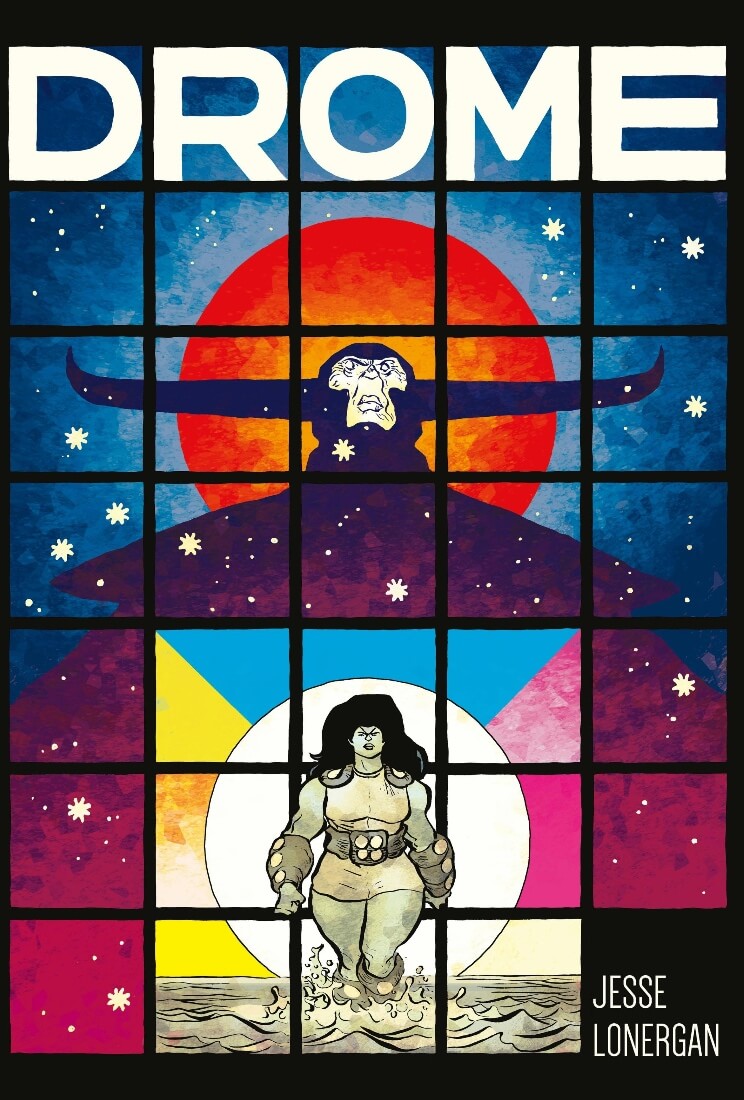
Drome (Image: 23rd St.)
Drome is about creation. It tells the story of celestial beings creating life and superpowered champions to fight their battles, but it’s also about the magic of comics and how a single person can create an entire world on paper. It begins with a stone dropped from the heavens, which spreads a network of embryos under a planet’s surface that birth mankind and beasts. As time passes, these wild factions go to war, requiring the emergence of an authority figure to cultivate a peaceful civilization. The scale is gigantic, made even more so by Jesse Lonergan’s innovative visual execution. He combines mathematical precision with an invigorating sense of play in his use of a 5×7 grid of square panels, which he boldly transforms to create specific moods, add tension, and drive movement. Lonergan is a master of guiding the eye through complicated layouts, ingeniously using color, geometric shapes, and panel gutters to maintain clarity as he explores different ways to convey information on the page.
Read more of this story at Slashdot.


